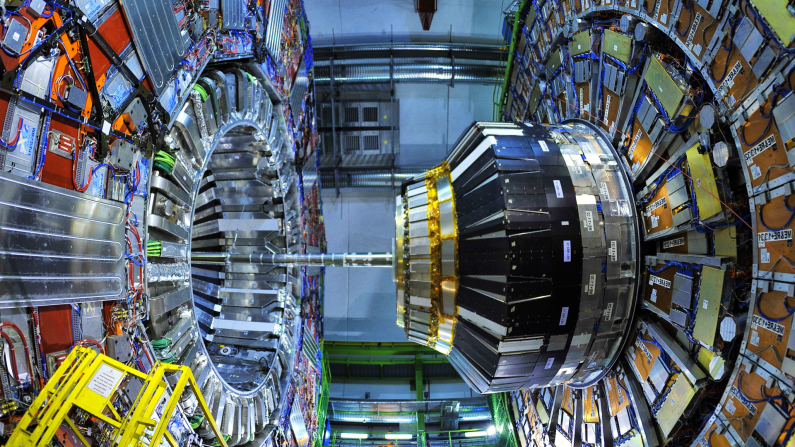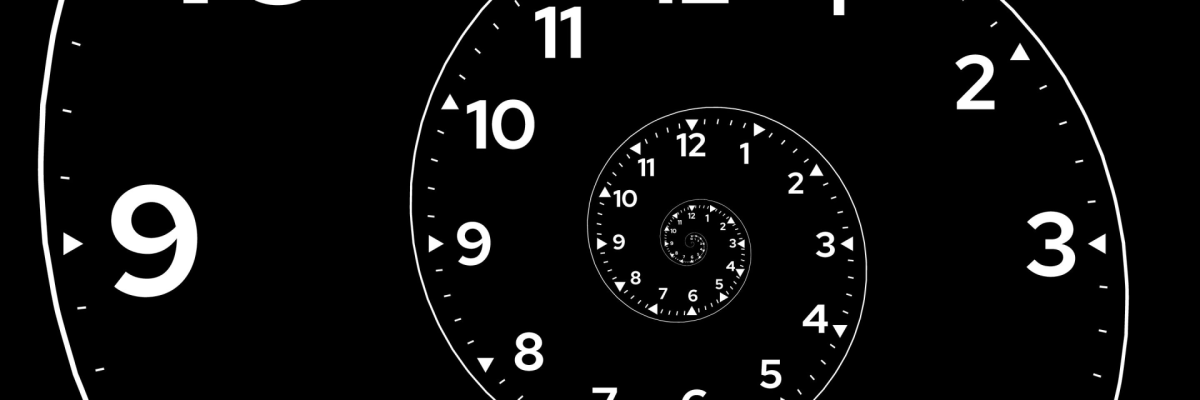For centuries, humanity has perceived time as something one-dimensional, linear, inexorably flowing from past to future. However, recent research based on complex mathematical models and proposed by American physicist Günter Kletečka from the University of Alaska has allowed him to put forward a revolutionary hypothesis: time is actually three-dimensional, and space is only its derivative.
What the New Theory of Time Says

Undoubtedly, the new theory challenges the notion of space-time laid down in the days of Albert Einstein. Kletečka’s research was published in the scientific journal Reports in Advances of Physical Science (RAPS). His main idea is that time is not just linear, but has a structure similar to space. This means that in addition to the usual “past-present-future,” there may be additional dimensions of time, which in turn affect physical processes. Thus, different “temporal layers” interact with each other, influencing, among other things, the movement of particles, gravity, and other fundamental forces.
To understand the concept of three-dimensional time in practice, one can draw an analogy with multidimensional space. Imagine that you see a two-dimensional object, such as a circle, on a flat sheet of paper. You perceive it as flat, right? But if you could “look” into the third dimension, you would see that in reality it is a projection of a three-dimensional sphere. Similarly, three-dimensional time may be a complex structure that we have been mistakenly perceiving all this time as one-dimensional. Thus, according to the theory, temporal fluctuations, deformations, and even (potentially) those very “time loops” about which science fiction films are often made or with which the unresolved disappearances of people are sometimes explained may occur due to the multidimensionality of time.
One of the most intriguing aspects of the new theory is the rethinking of the role of space. According to the new theory, space may not be a fundamental property of the Universe, but a secondary effect arising from the interaction between temporal dimensions. That is, the space that we perceive as three-dimensional may simply be a reflection of the structure of three-dimensional time, so in itself it is not three-dimensional at all in reality. It’s just a “reflection.”
If this theory is true, then the laws of physics familiar to us, which we describe in the space-time continuum, will have to be radically revised. After all, gravity, electromagnetism, and other forces may turn out to be the result of a complex interaction between temporal dimensions, rather than properties of space as such.
Experimental Confirmations of the Theory and Perspectives

At the moment, the theory of three-dimensional time is primarily a theoretical model, that is, things have not yet reached experiments. However, scientists are already working on ways to test it practically. The main difficulty here is that this requires new methods of observation capable of capturing the influence of additional temporal dimensions, which humanity has not yet fully thought of.
A possible direction of research is also the study of the behavior of elementary particles in extreme conditions. Scientists hope that in experiments using particle accelerators, such as the Large Hadron Collider (LHC), it will be possible to detect deviations from the predicted laws of physics, which in turn will confirm the interaction between different temporal layers.
Another direction may be the study of gravitational phenomena. If gravity is a consequence of the interaction between temporal dimensions, then it may be possible to detect unusual gravitational effects that cannot be explained within the framework of the modern theory of gravity (Einstein’s general theory of relativity). In this case, Günter Kletečka’s theory will also come to the rescue and become the key to unraveling.
Potentially, this theory is capable of unifying quantum mechanics and general relativity, finally eliminating the contradictions existing between them, over which scientists have been struggling to this day. This could also become an important step for humanity in understanding the origin and evolution of the Universe. Is it worth talking about the philosophical significance of three temporal dimensions: if time is indeed three-dimensional, this may mean that the past, present, and future exist simultaneously, although in different “temporal layers.”
Of course, despite its intriguing nature and proposed ambitious possibilities of use, the theory of three-dimensional time is causing some criticism. The main question is how to experimentally confirm the existence of additional temporal dimensions. In addition, some scientists believe that the proposed mathematical model is too complex and requires simplification. It is also contradicted by alternative views on the nature of time, for example, the long-standing opinion that time is a fundamental property of the Universe or that it is just an illusion created by our consciousness for the convenience of perceiving what is happening to it.
One way or another, the theory of three-dimensional time is a bold step towards rethinking the fundamental principles on which our understanding of the Universe is built. Although it requires further research and confirmation, it is already a powerful incentive for the development of science and may lead us to new, unexpected discoveries. How about time travel? Everything is possible!
Share this with your friends!






Be the first to comment
Please log in to comment